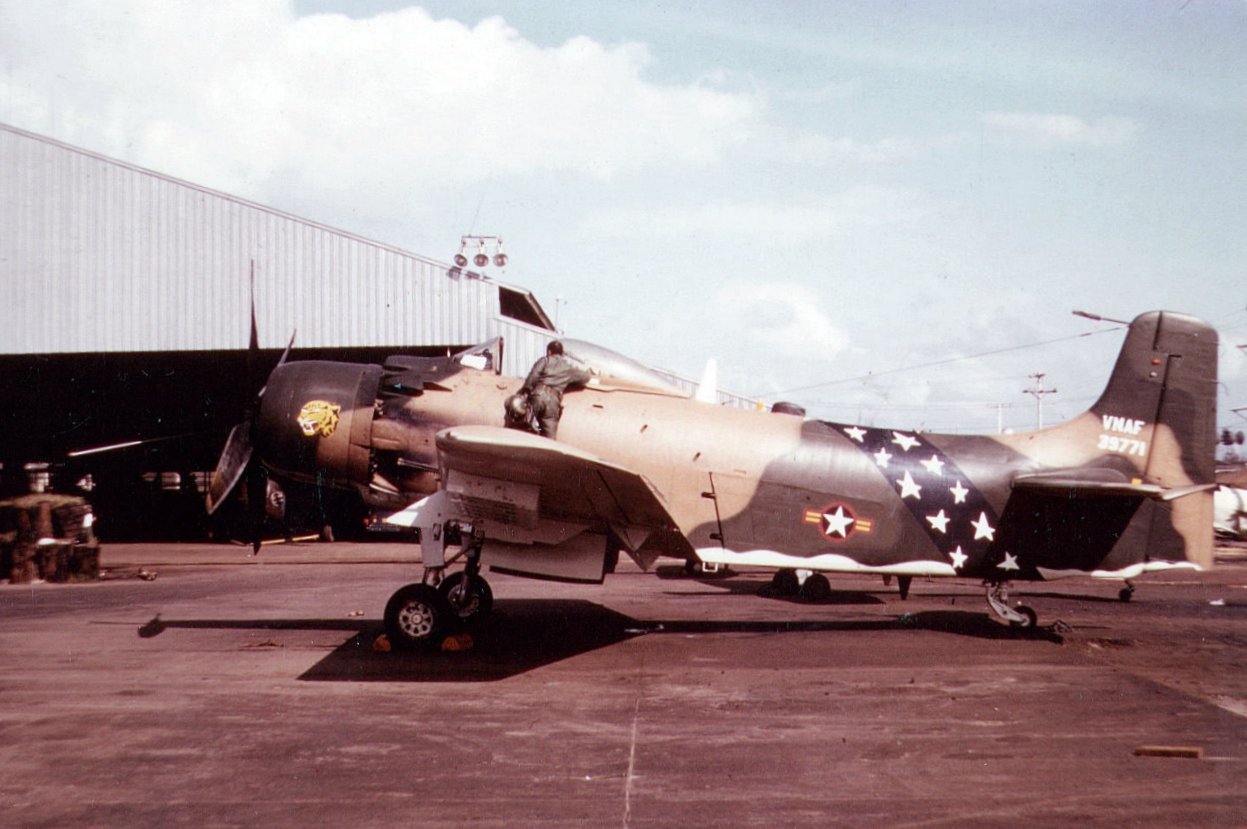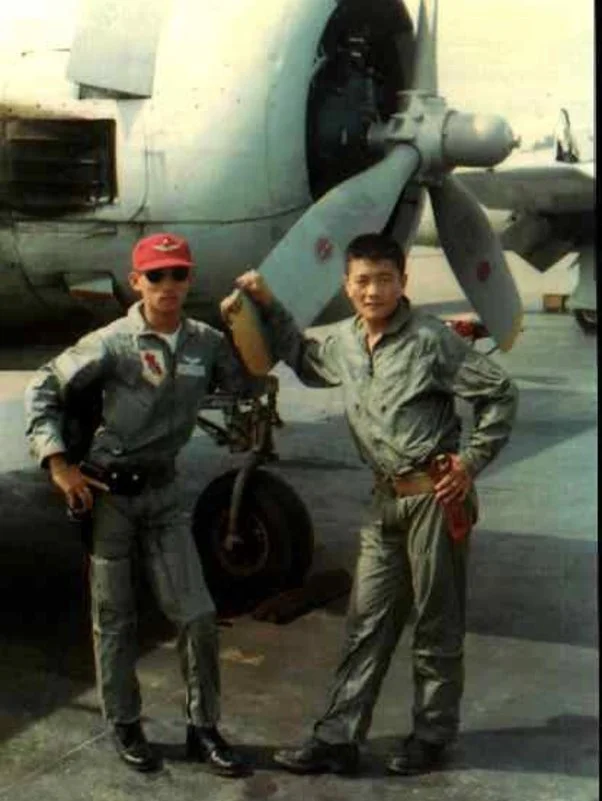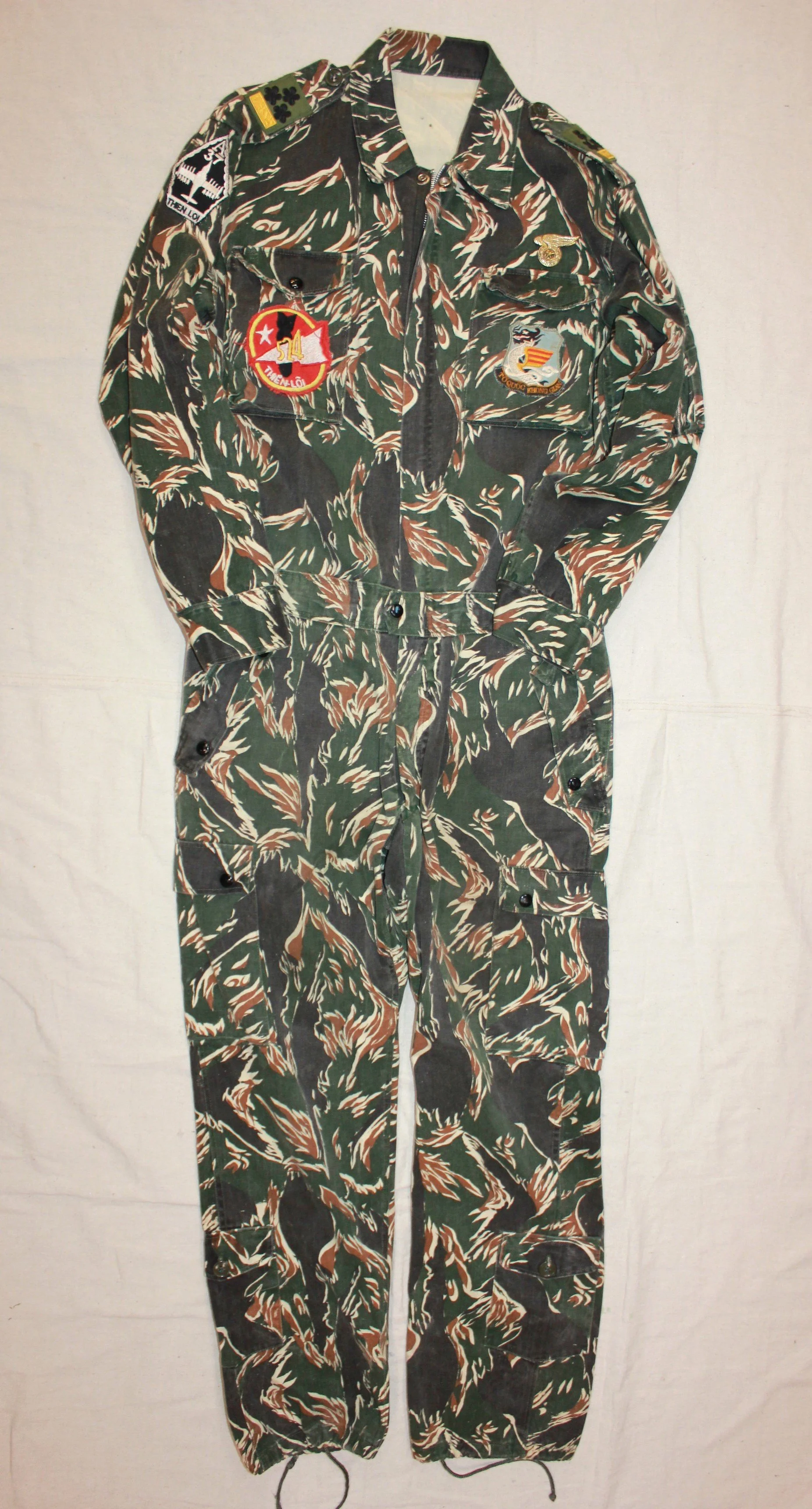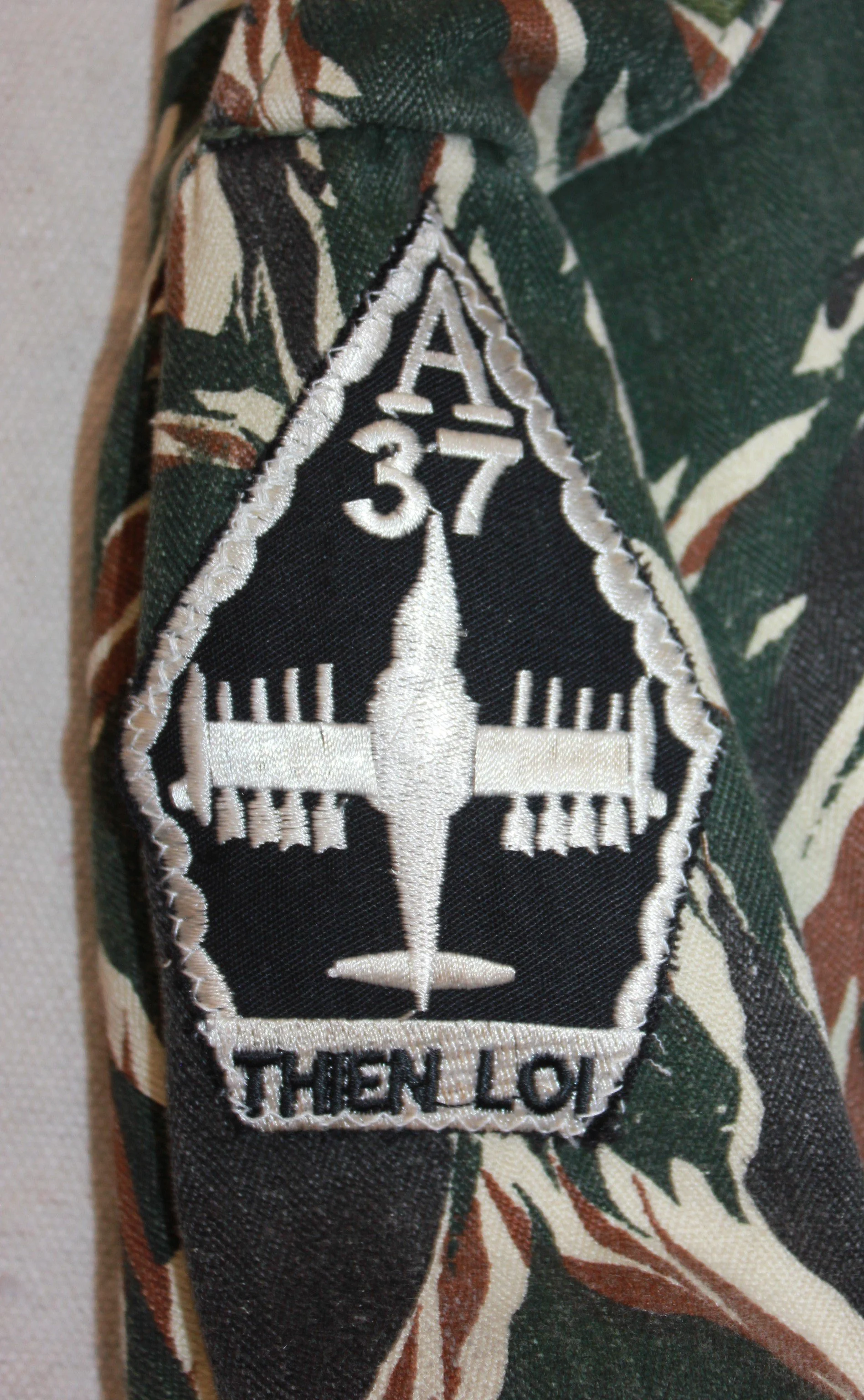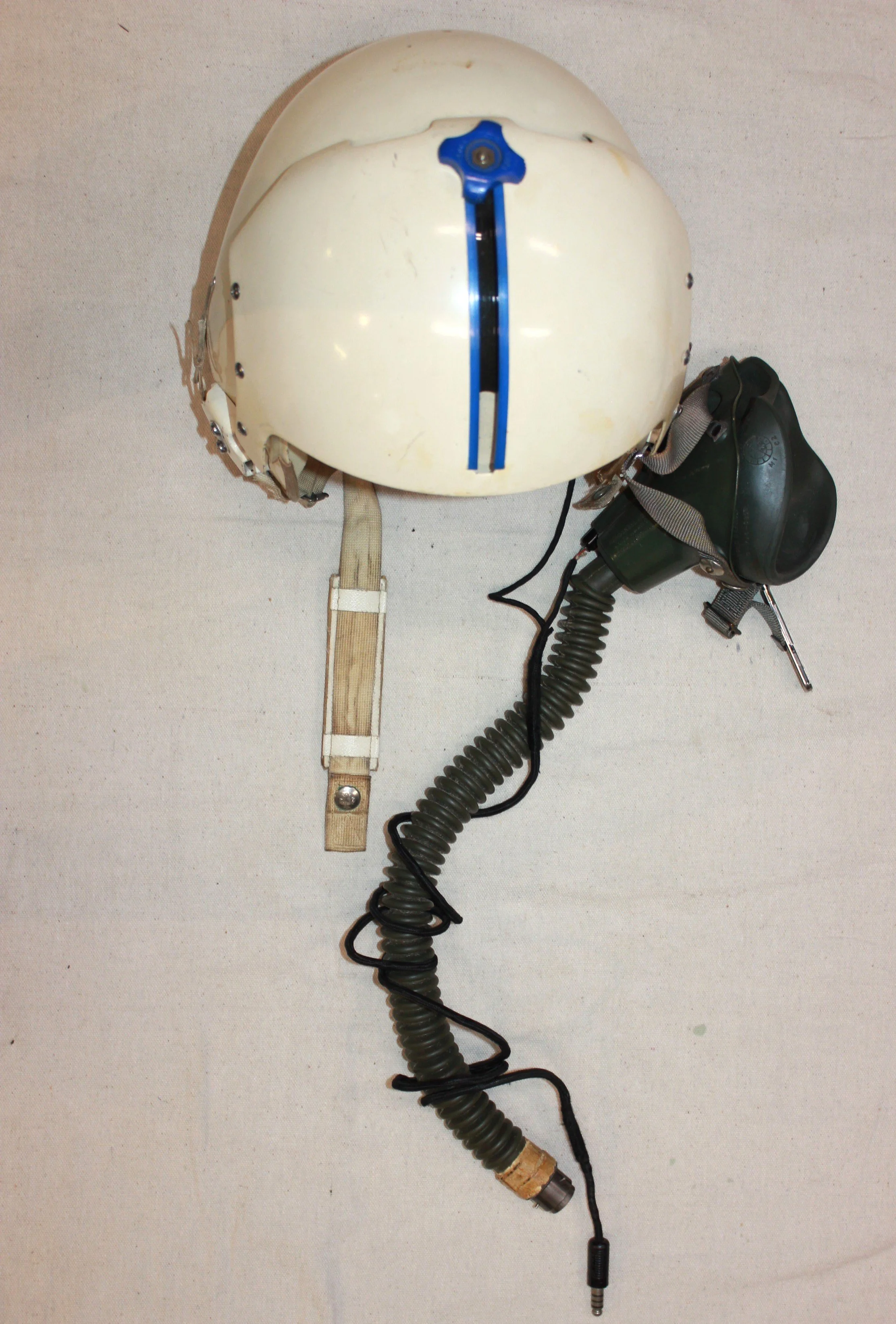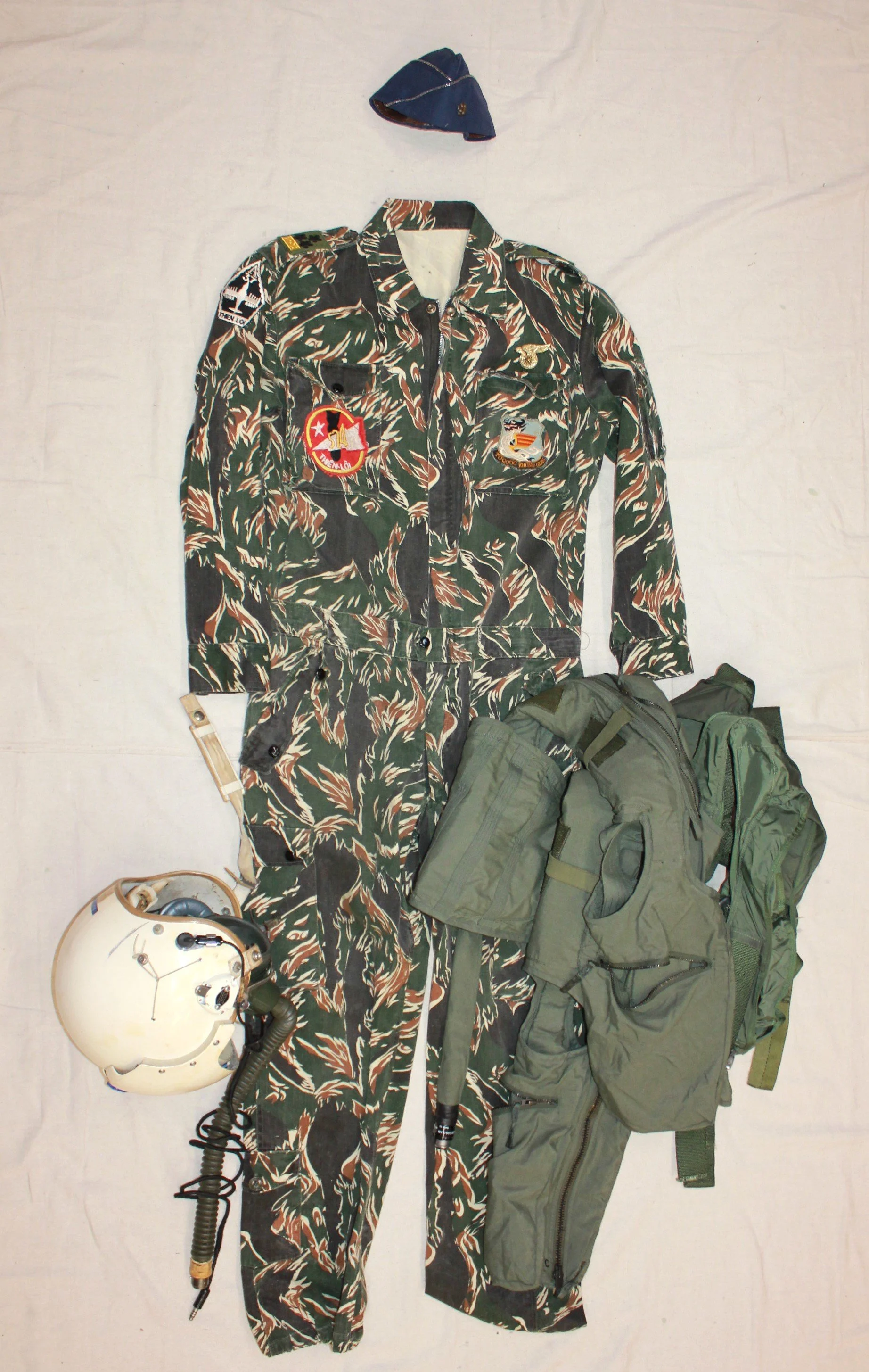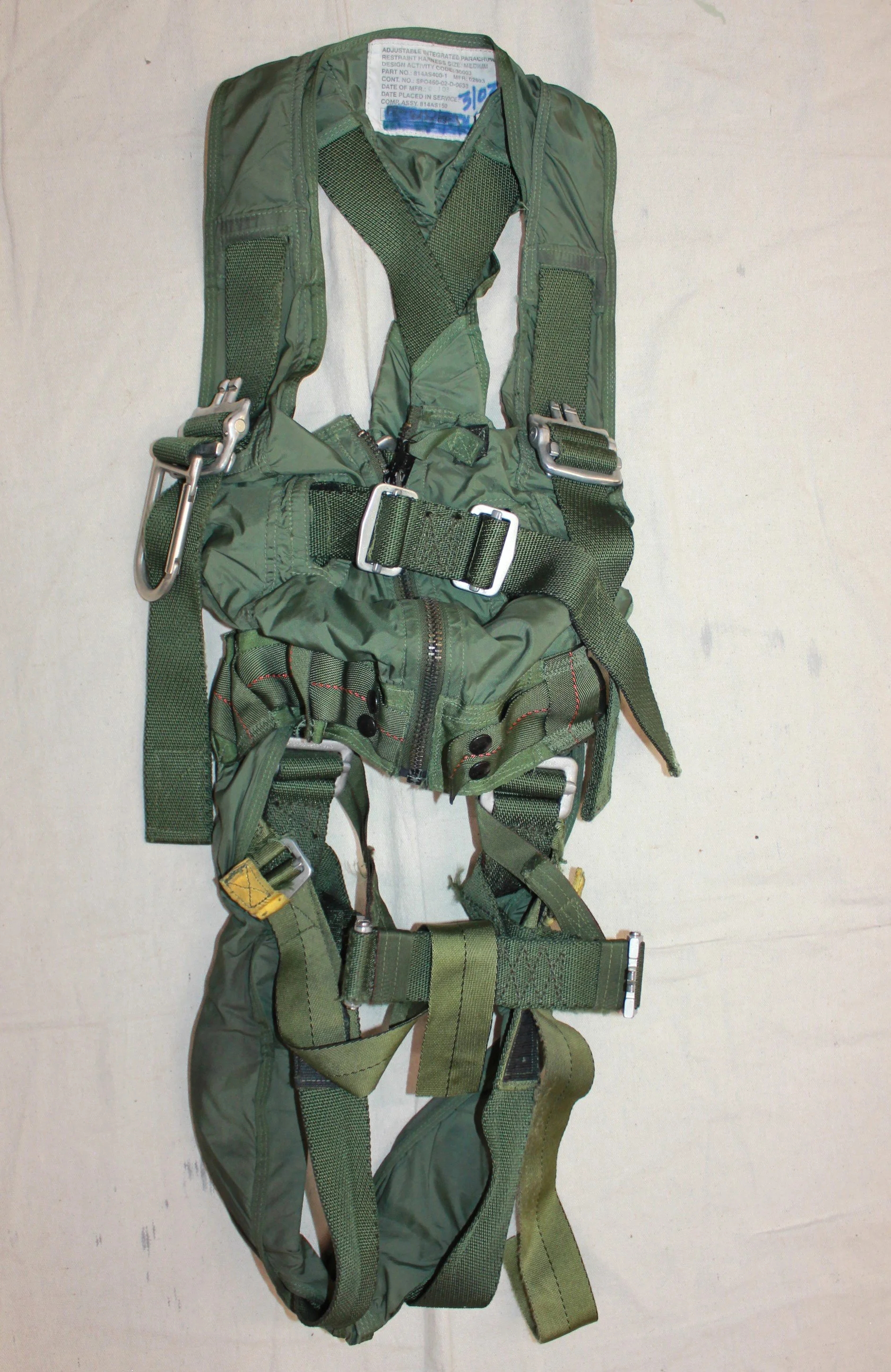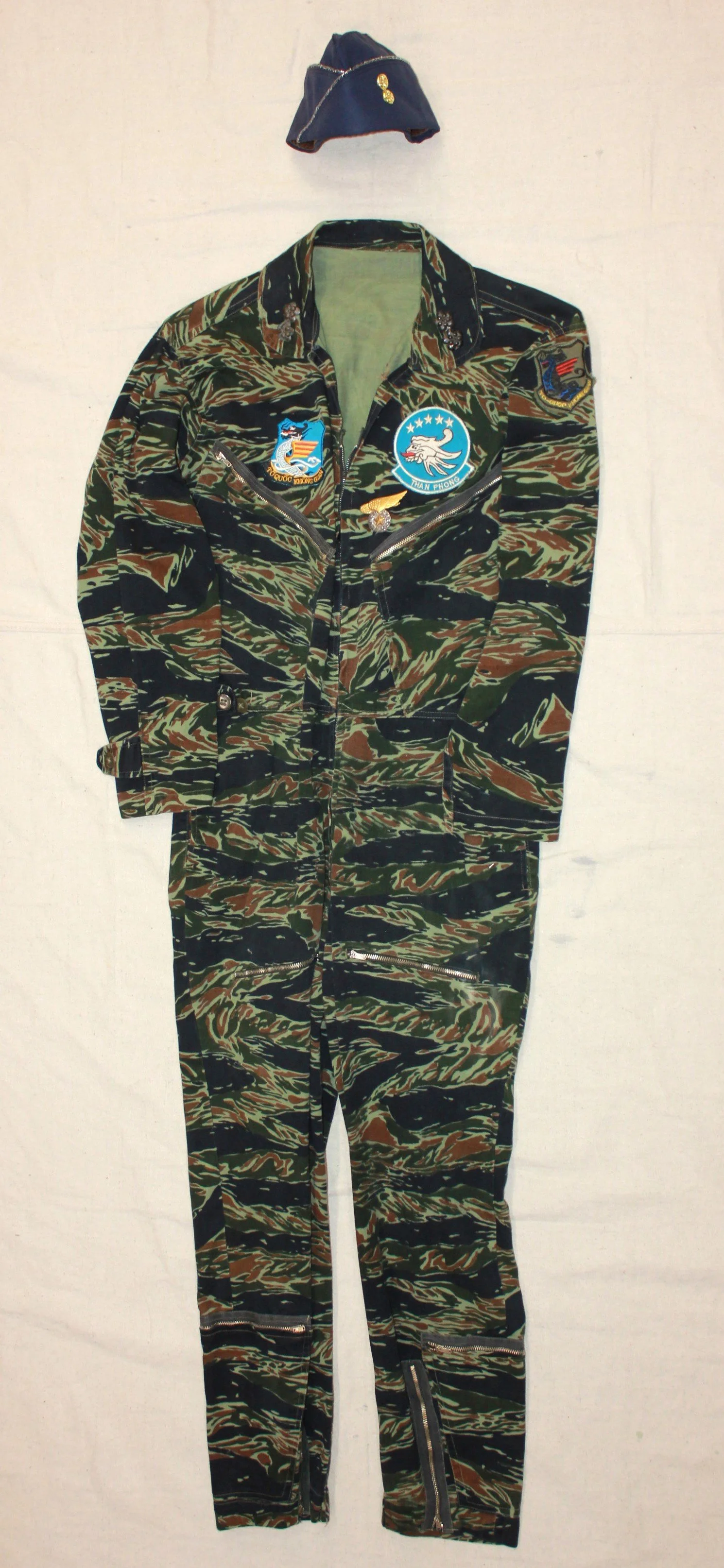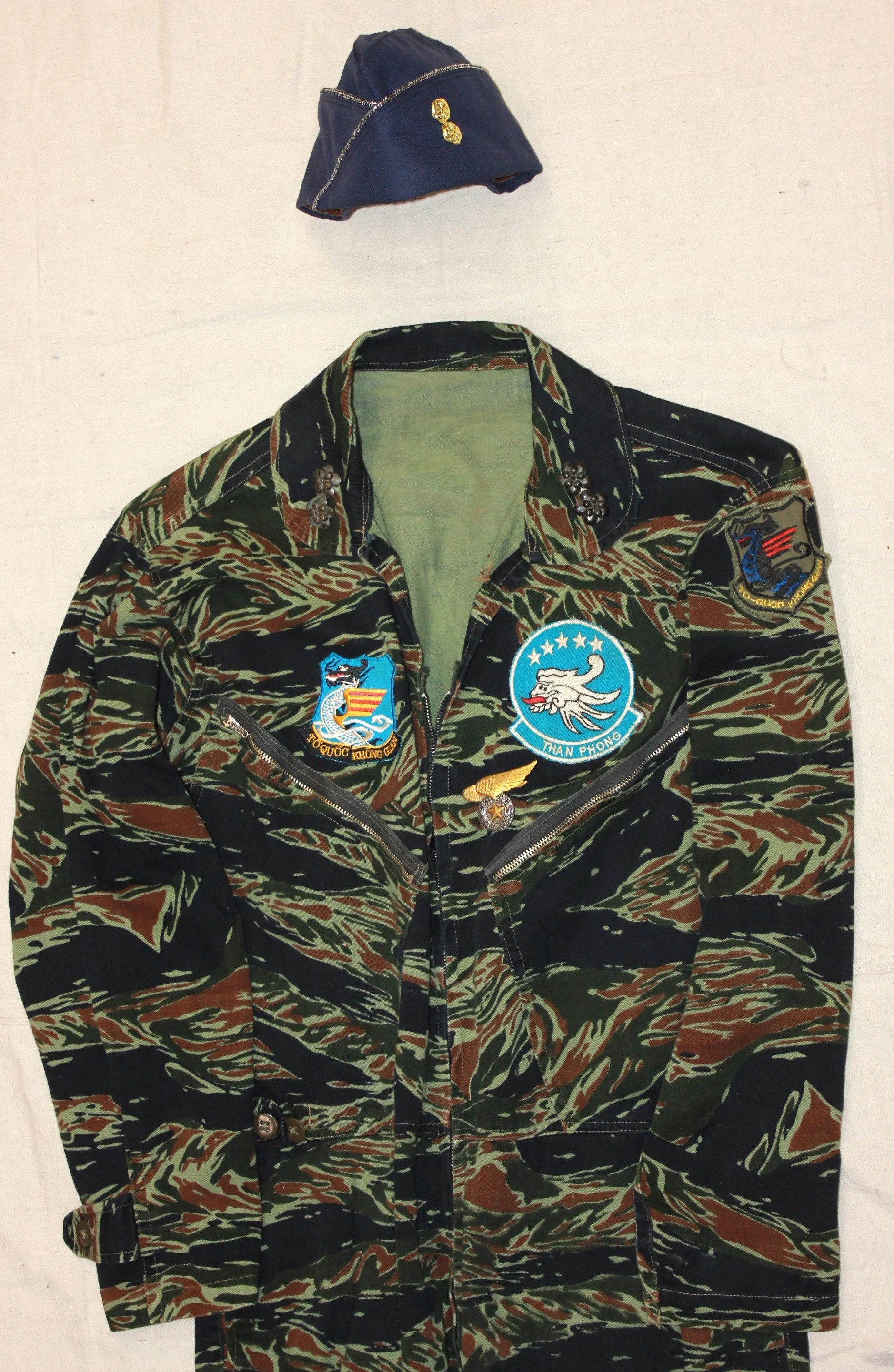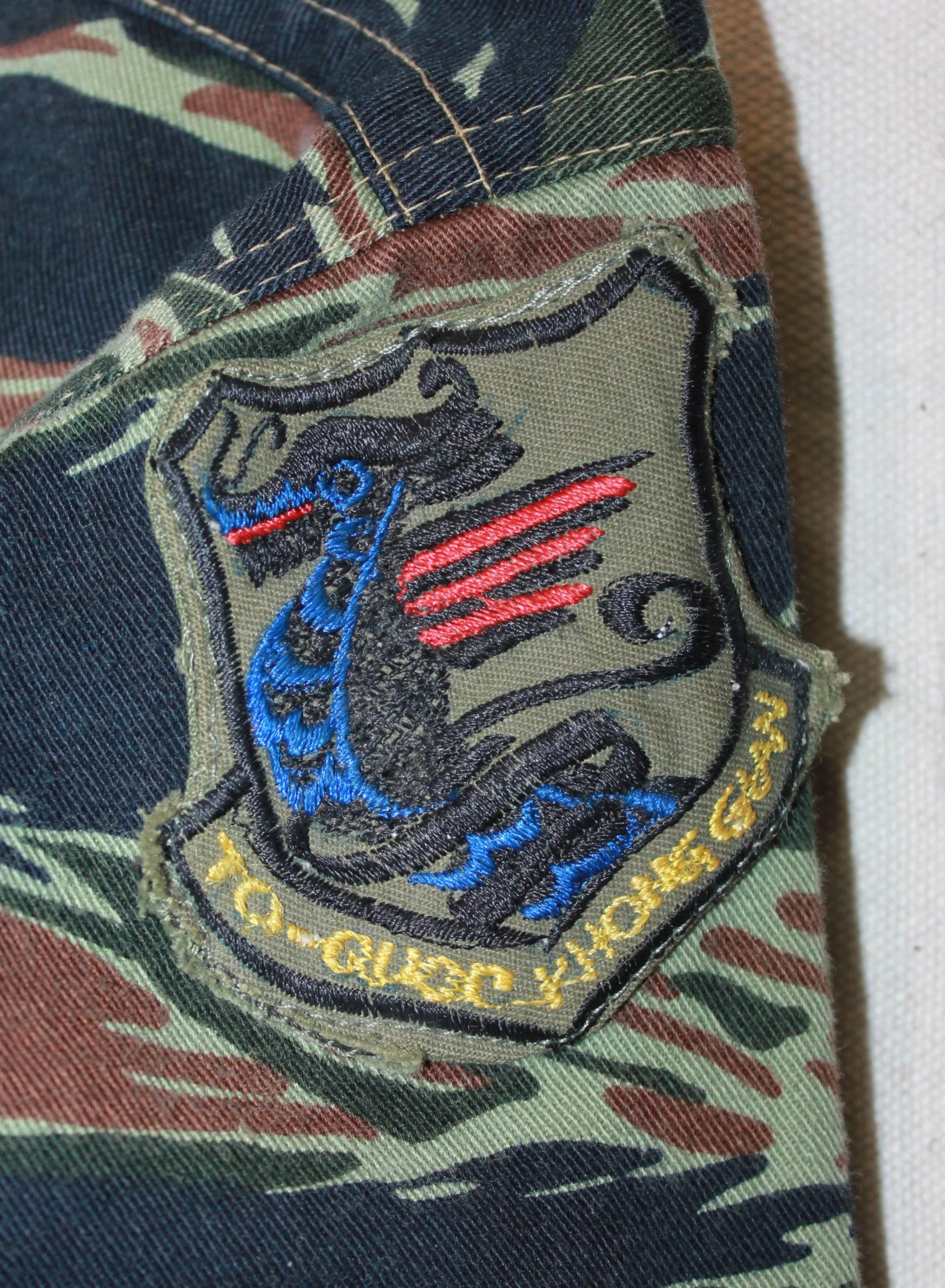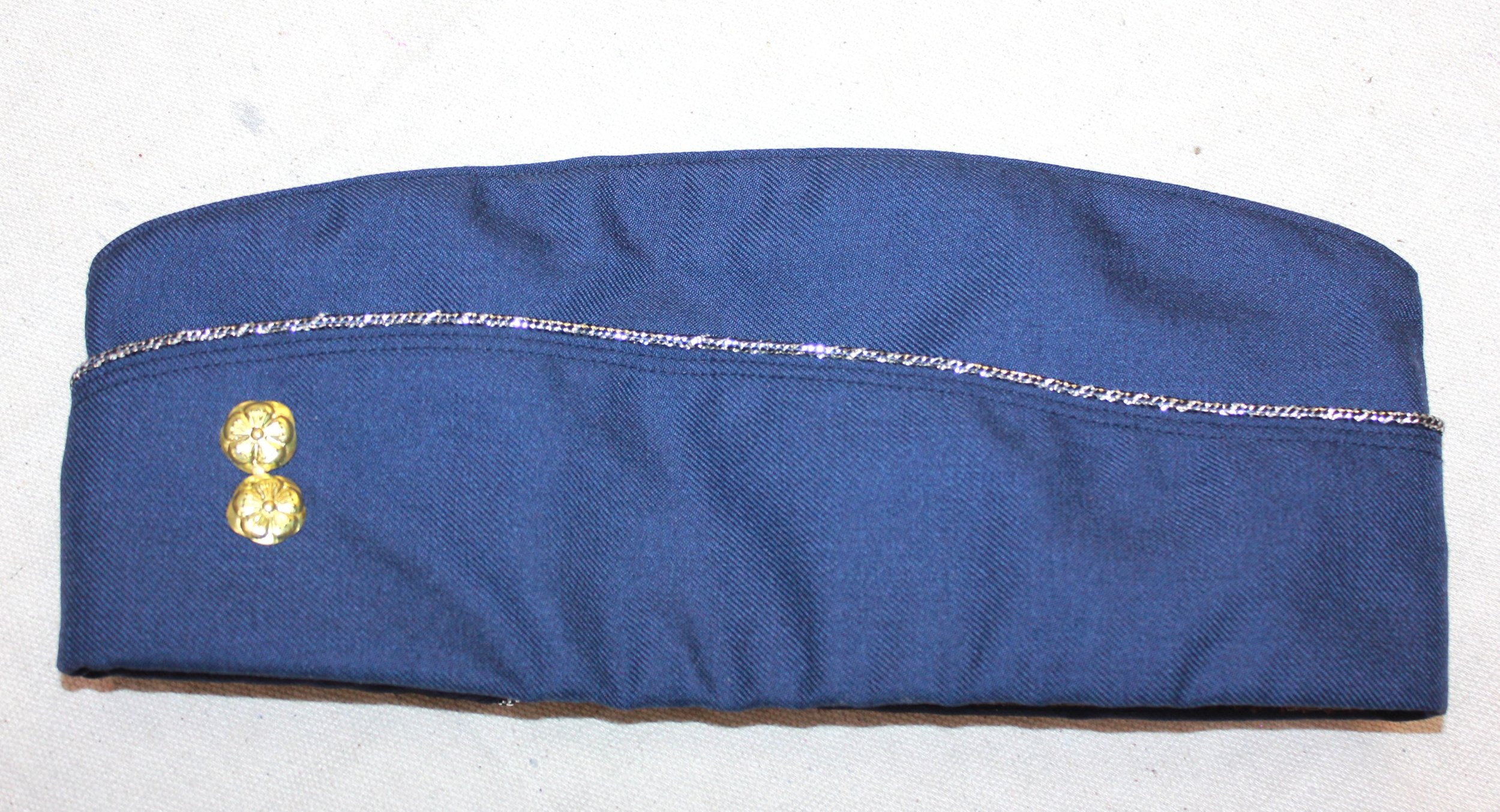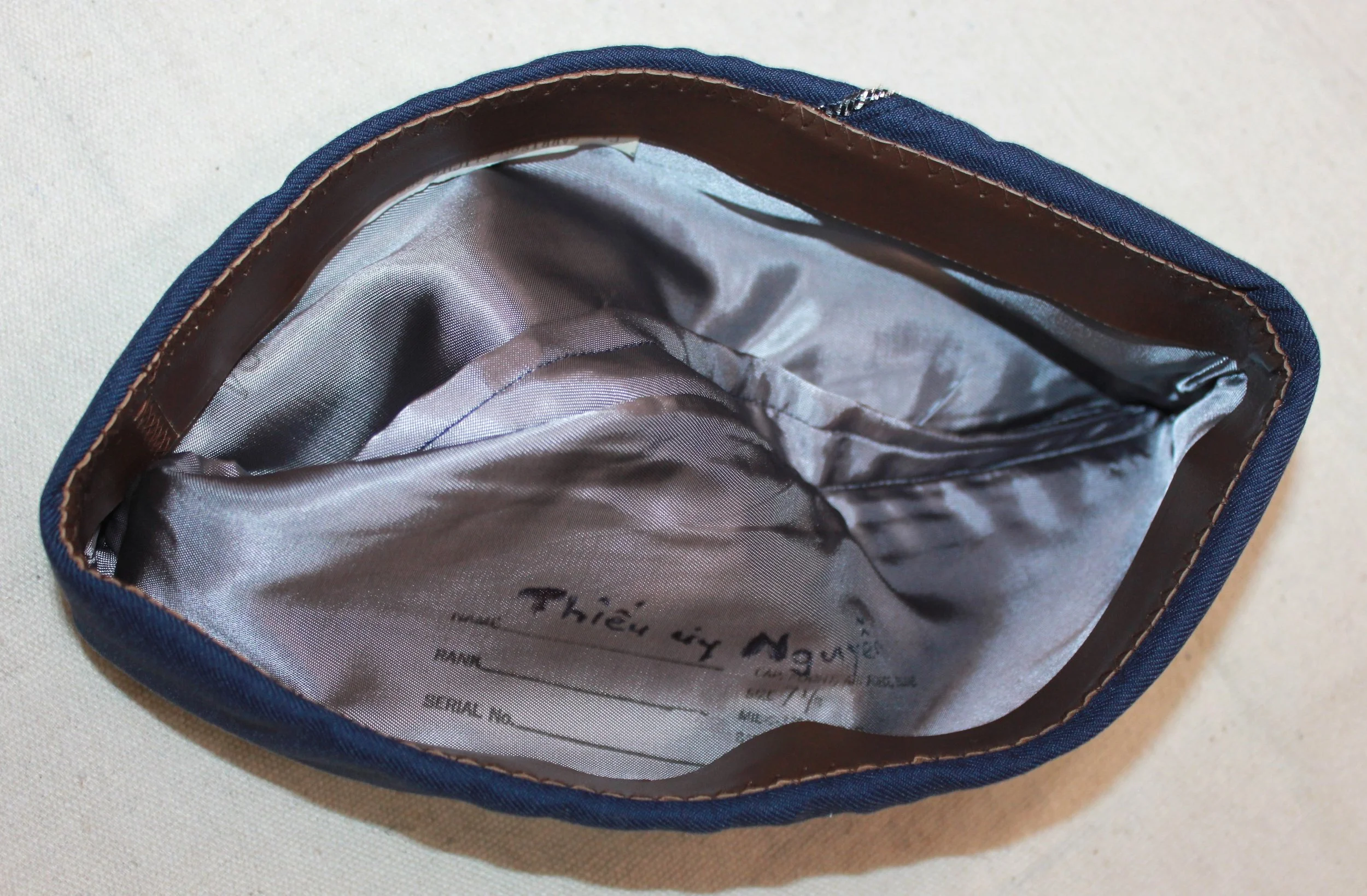RVN/AF South Vietnamese Air Force
This small section will give us a glimpse at the South Vietnamese people who chose to fight their war from the air, surely they felt it was their best way to contribute to their fight for Democracy. I had no information, and little idea what they were all about intel the uniforms came to be, I didn’t know of the Vietnamese Air Force, and while they were a small contingent, and not that well recorded, or remembered, this section is dedicated to these brave flyers, withhope and love of country they too, went to war, the Northern opposition was equally powerful and backed by the Communist Community, the fight was theirs, and those with that were the most driven, and backing, would win the fight.
The South’s power came from the US, but it was not just men and bombs, they were a Political Power, and Vietnam was a power play, for some control in the region, When the war became unpopular to many Americans, the politicians caught flak, and having civil-problems in the United States, they decided to end our involvement, it was disastrous, and because of that how the US is seen, unfortunately, as hell, ya will help, but only for a while, has really left a bitter taste with all involved.
The US had stepped in when the French were beaten, and the South asked for help, There had been … Military Intelligence people working there, training the ARVN, who recommended we stay out of it, but they were not listened to, A lot of money would be poured in to Vietnam, mostly around building the airports, and cam than bay dock yards, and a lot of mone made by the black market, and side of hand going on. At the price of lives in our eyes.
By all rights, there is no reason it could not have ended much sooner, without even having to put boots on the ground; 25 days of bombing Hanoi would have done it. It's not that big of a place, and that should have had quick results. But it was played with rules of engagement, and political gains and losses, and limitations that hindered the troops terribly. And the effort by the South Vietnamese and Americans was doomed from the start, the politicians lost that war, but many people know what the American soldiers were trying to do there. Unfortunately, it never had to happen, but it did. And both soldiers and civilians realized the war’s end was inevitable, because there was never a plan for that. It was a perfectly good, never-ending war for those who profit from it. And yet we need soldiers to be ready at any given time, because there is no…end game, there is instability all over the world, I hope some day, we can all live peacefully in this world, imagine what could grow out of a world at peace, the end of cancer? Space exploration, ocean exploration, everyone getting wealthy, and feeding each other. Count the years that, over time, when there was a war going on, or famines, or plague…it would be like 20 years.
Lieutenant, 524th Fighter Squadron, 62nd Tactical Wing, Không Lực Việt Nam Cộng Hòa Republic of Vietnam / Air Force (RVNAF) Pilot:
The South Vietnamese Air Force operated at a fairly basic level compared to the American Forces, which was involved with the bombing campaign against the communist-controlled North, but never allowed to annihilate Hanoi. The 1st Tactical Squadron (VNAF) was established in June 1963. Before that, the United States had started to train and advise the South Vietnamese Air Force back in 1956, but America had had people there keeping tabs on Vietnam since before the Second World War.
The VH-19 and 34 helicopters, and some T-28 Trojan propeller-driven trainer aircraft, could carry a small bomb load. The first VNAF jet aircraft were the obsolete B-57 Canberra Bombers, arriving in 1965. Then, in October of the same month, HUEY UH-1 turbopowered Helicopters began to arrive in Vietnam, and VNAF pilots soon checked out on them as well.
Later more aircraft came into use with the South Vietnamese, the excellent A-1 Skyraider, a ground support plane, and the Light Attack Jet the A-37 Cesssna “Dragonfly”, and the F-5 “Freedom Fighter” that had been developed by Northrop as an affordable jet fighter for foreign countries to obtain modern air forces. By late 1972, the VNAF operated 18 squadrons, with 500 new helicopters, one of the largest helicopter fleets in the world at the time, but they needed a lot of fuel and constant maintenance.
Unlike the ARVN, the VNAF was an all-volunteer service, and remained so till its demise in 1975. VNAF recruiting center, located at Tan Son Nhut Air Base. Recruits were given a screening test, followed by a physical examination. The Basic requirements for service in the VNAF were to be a Vietnamese citizen, at least age 17; a minimum age of 25 for Flight training; and no Criminal Record. The equivalent of a US 9th-grade education for airmen, 11th grade for Pilot Flight Training, and 12th grade for non-rated officers. If a volunteer met the qualifications, the recruit was then sent to the ARVN training base at Lam Song. After two months or four months for aviation cadets, the recruit was given an aptitude test and progressed to specialized technical training.
From there, he was sent to one of the VNAF wings for journeyman training. Aviation cadets pursued three additional months of specialized training after completing the initial four-month training course. Some were sent the the United States for advanced pilot training, while non-rated pilots pursued training in South Vietnam for their non-flying assignments. This training lasted about nine months, during which a cadet served in an operational unit for about a year before receiving a commission as a second lieutenant.
The A-37B Dragonfly jet was primarily intended to be supplied to the VNAF as replacements for the old A-1 Skyraider airplanes. Ten Squadrons flew these aircraft by the end of the war. The A-37 Prototype rolled out of the hangar in September 1967, and the deliveries to the Republic of Vietnam began in 1968. 254 were delivered to the VNAF, with 187 of the A-37Bs still operational when the country fell to the North Vietnamese Forces.
The Lieutenant wears the standard sadge colored flight suit of the period used by the US Air Force. The A-37 Aircraft patch is shown on the right sleeve. “Thein Loi” translates to “Thunder,” basically, appropriate considering the amount of ordnance the Dragonfly could carry on it. The Red 524th patch on the right breast symbolizes the motto with the lightning bolt and a 500-pound general-purpose bomb. Opposite the Dragon Badge of the Vietnamese Air Force (Không quân Việt Nam), two blossoms on the shoulder indicate the Lieutenant’s rank. When flying, he had been issued a US flight helmet (Prior Navy type), light leather gloves, and some boots of choice, and a sidearm. And on the ground, he wore a typical USAF blue overseas cap, with his rank on it.
Colonel, A37 Pilot, RVNAF:
Well, go figure. It’s been reported to me that the tiger pattern of this uniform was not used in the Vietnam War, but rather it is a post-war design. likely true, but it was a representation anyway, Dang-it nonetheless! I’ll have to look into this, and fix it, I guess, maybe, but I don’t know, there was a lot of different stuff out there, and the other countries had theirs too, it could have been acquired. Don’t get me wrong, when veterans point out my mistakes, I try to fix them, but it may take a little time. Thanks for letting me know. It is a cool pattern though I think, but and unfortunately, very very expensive to buy! The blue hat also has the wrong rank on it to boot! That is an easy fix, and I will get on that.
Leutenant, Pilot, RVNAF.
I need pictures of this fantastic helmet, but they didn't inherit old helmets. The badge at the bottom was the Officer Cap Badge for the RVNAF I found in a pocket.




